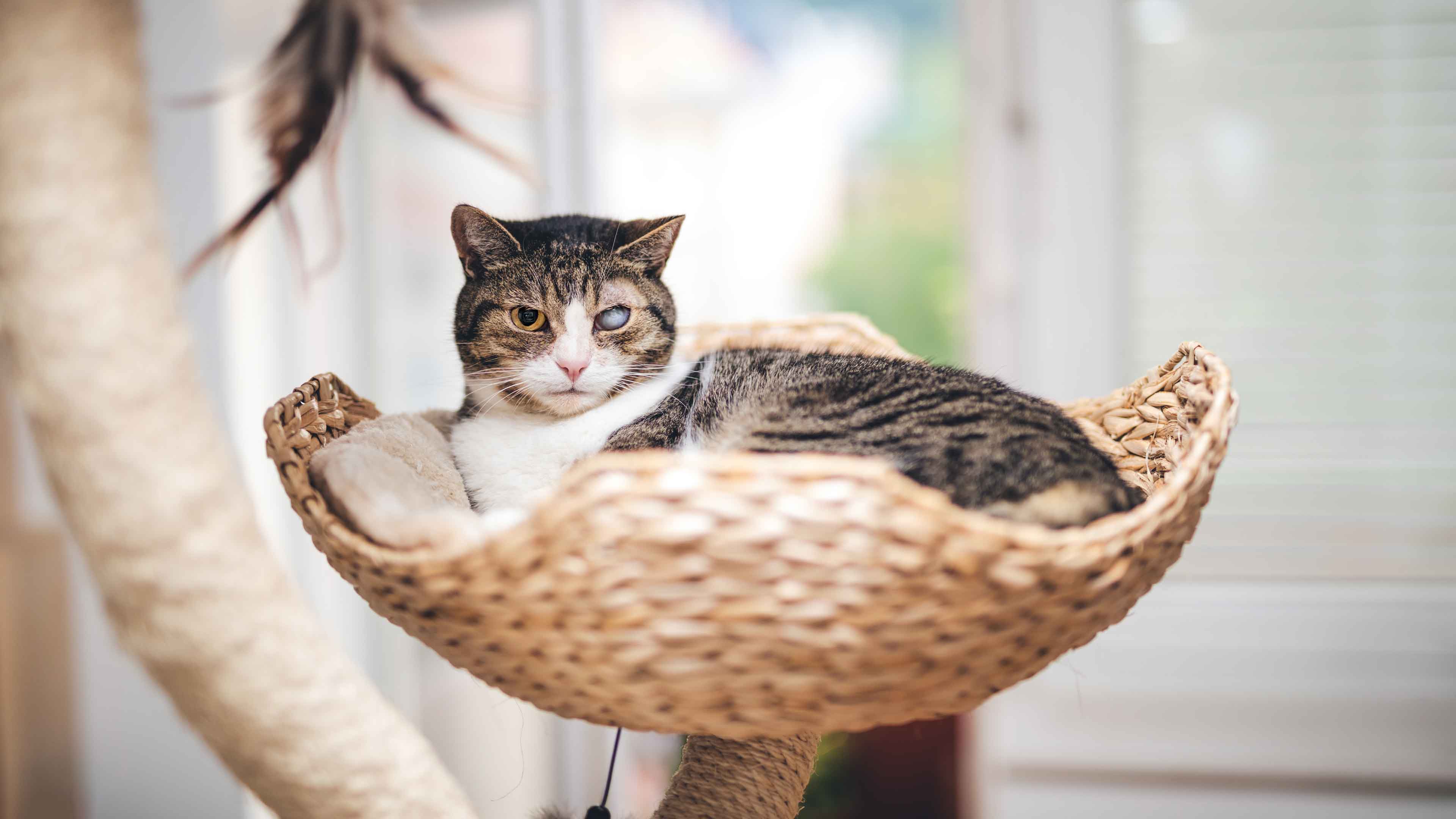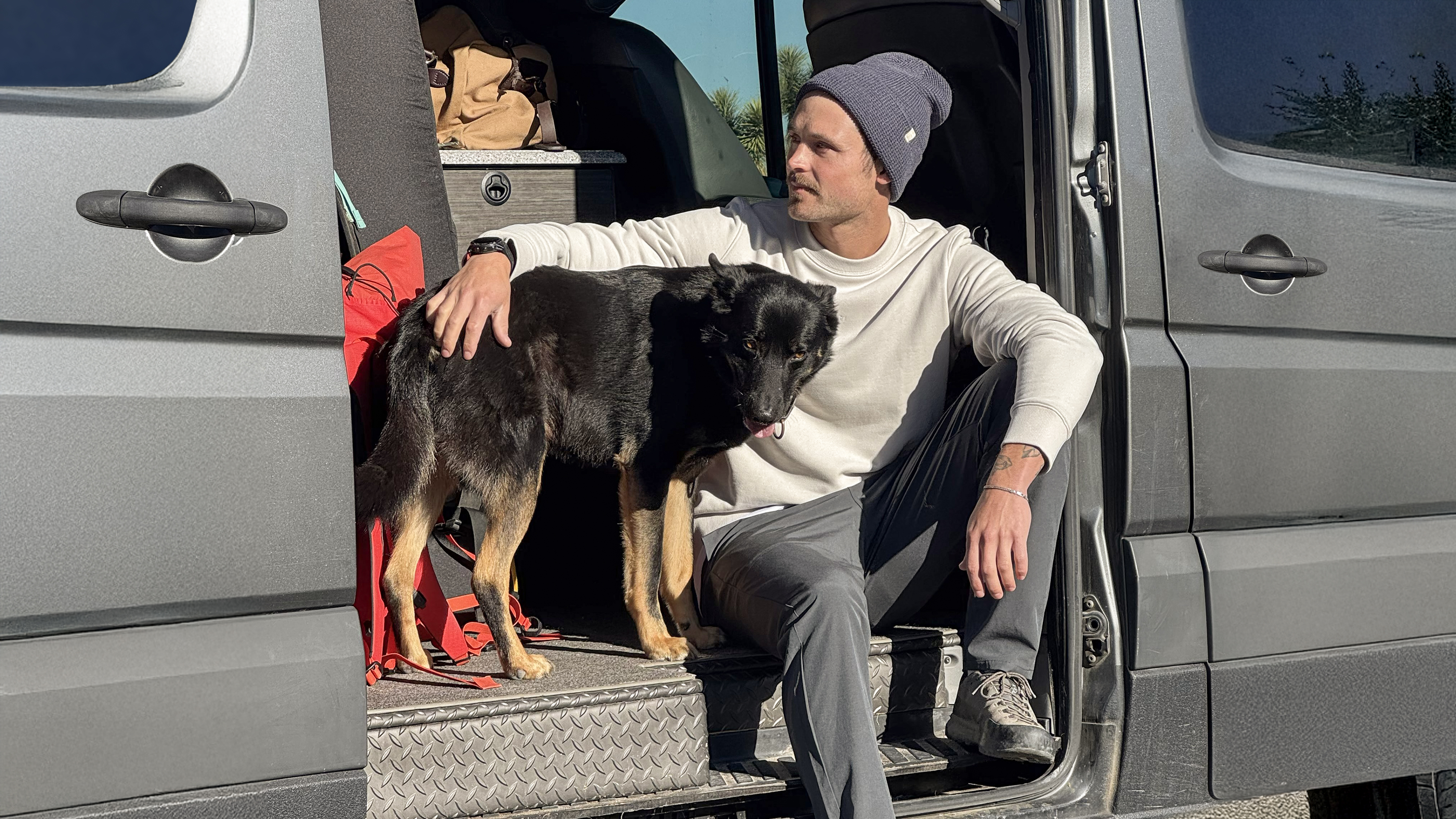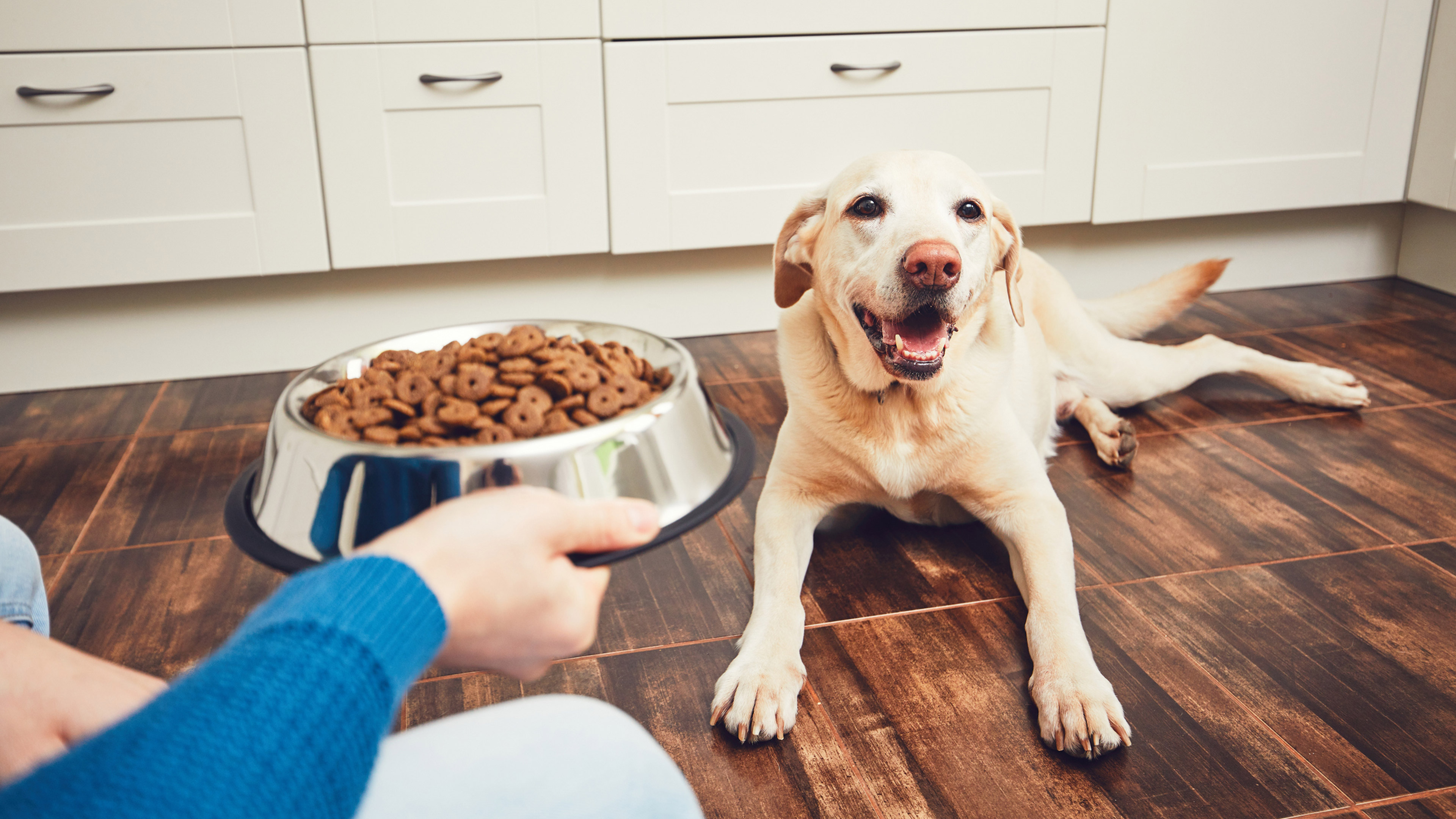home care tips for pets with mobility issues
If you have a pet with mobility issues, or you’re thinking of adopting a pet with mobility issues, your home must be a safe place for your little cutie to live. The tips below are easy to implement and don’t require much upfront cost.
Clear pathways
Ensuring that your pet with mobility issues can safely get around the house is vital — that means the living room, kitchen, bedroom, or anywhere your pet may go. Keep clutter out of their way and give them ample space to move around.
Nonskid flooring
Consider getting nonskid carpeting if you have hardwood or tile floors. Not only does this make it easier for your disabled pet to get around (dog and cat paws don’t always have the best traction), but it can also help prevent falls and possible injury.
Set up a safe zone
If clearing pathways or installing nonskid flooring is impossible, create a safe zone for your pet. This could be a specific room or a pet playpen. Just make sure your pet is not left unattended in the pen for a long time without access to food, water, or the ability to use the bathroom.
Ramps
If your dog or cat with mobility issues has trouble getting up and down from the couch or bed, a ramp might help. These pet-specific ramps are readily available and can help your pet join the rest of the fam more easily.Comfortable bed
If your pet is experiencing a mobility issue like arthritis, consider purchasing an orthopedic bed that provides extra comfort and support and could possibly help with joint pain and mobility.Elevated food and water bowls
Leaning their head closer to the ground for food or water might not be easy for some pets with mobility issues. Elevated food and water bowls are designed to sit at head level and make it easier for your pet to eat. These sorts of stands are available for purchase or can be built as an easy DIY project. There are many videos available online that show you how to build elevated food and water bowls.Healthy lifestyle
Regular exercise is very important even for pets with mobility issues, but be sure to check with your veterinarian for what that looks like for your pet. Maintaining a healthy diet is also a vital way to support mobility in less active pups as it can help prevent obesity, which can make conditions like osteoarthritis harder to manage.
Regular medical care
If your pet has an ongoing disability, it’s crucial that they receive regular medical care to allow their veterinarian to keep tabs on whether their condition is worsening or if a new condition arises to keep an eye on. Banfield’s comprehensive exams are a great way for your pet to receive regular nose-to-tail examinations and help you and your veterinary team stay informed about your pet’s health as they age. Learn more.
 Mites and mange
Mites and mange Podcast - Not Just Fluff
Podcast - Not Just Fluff











